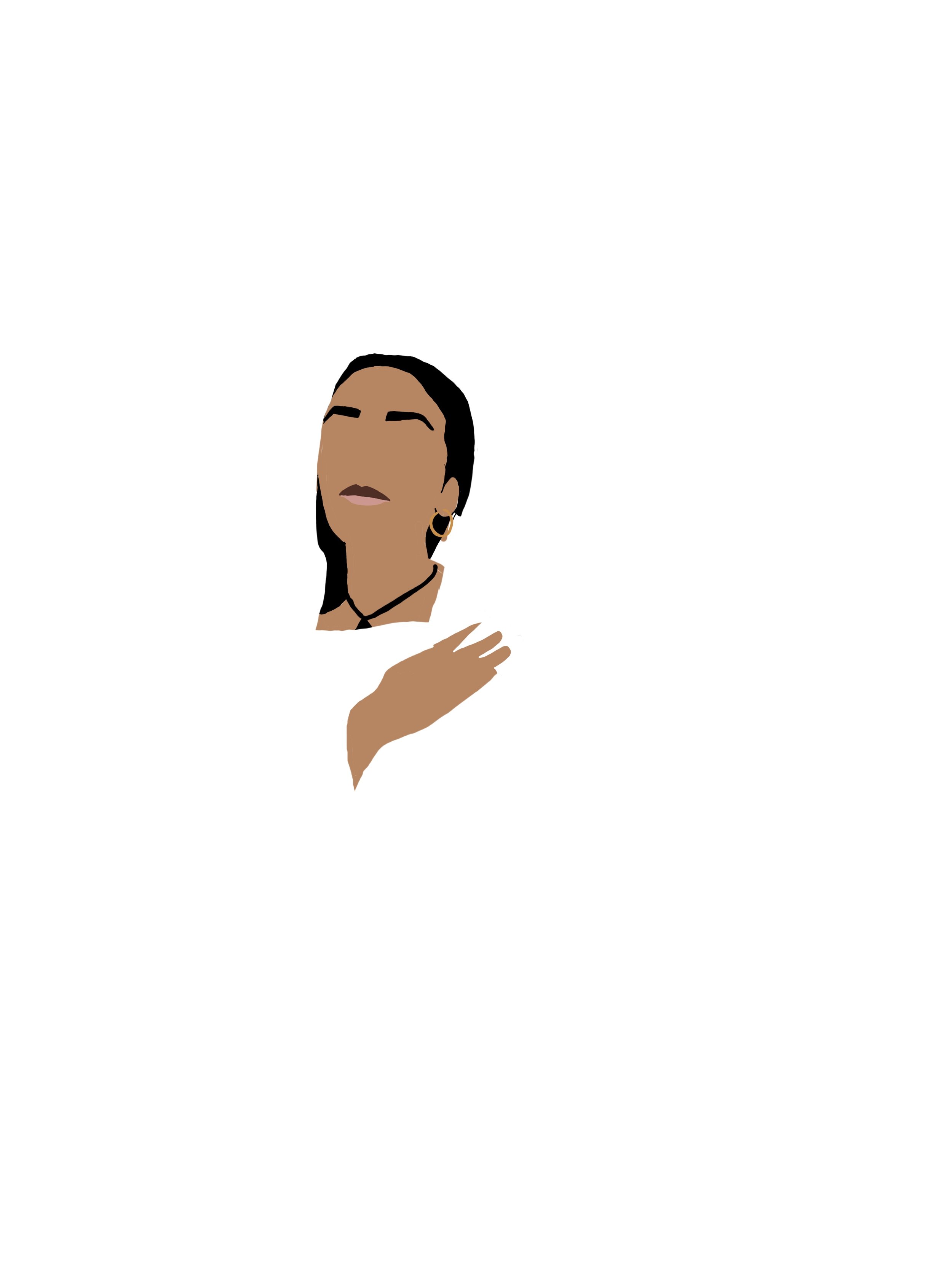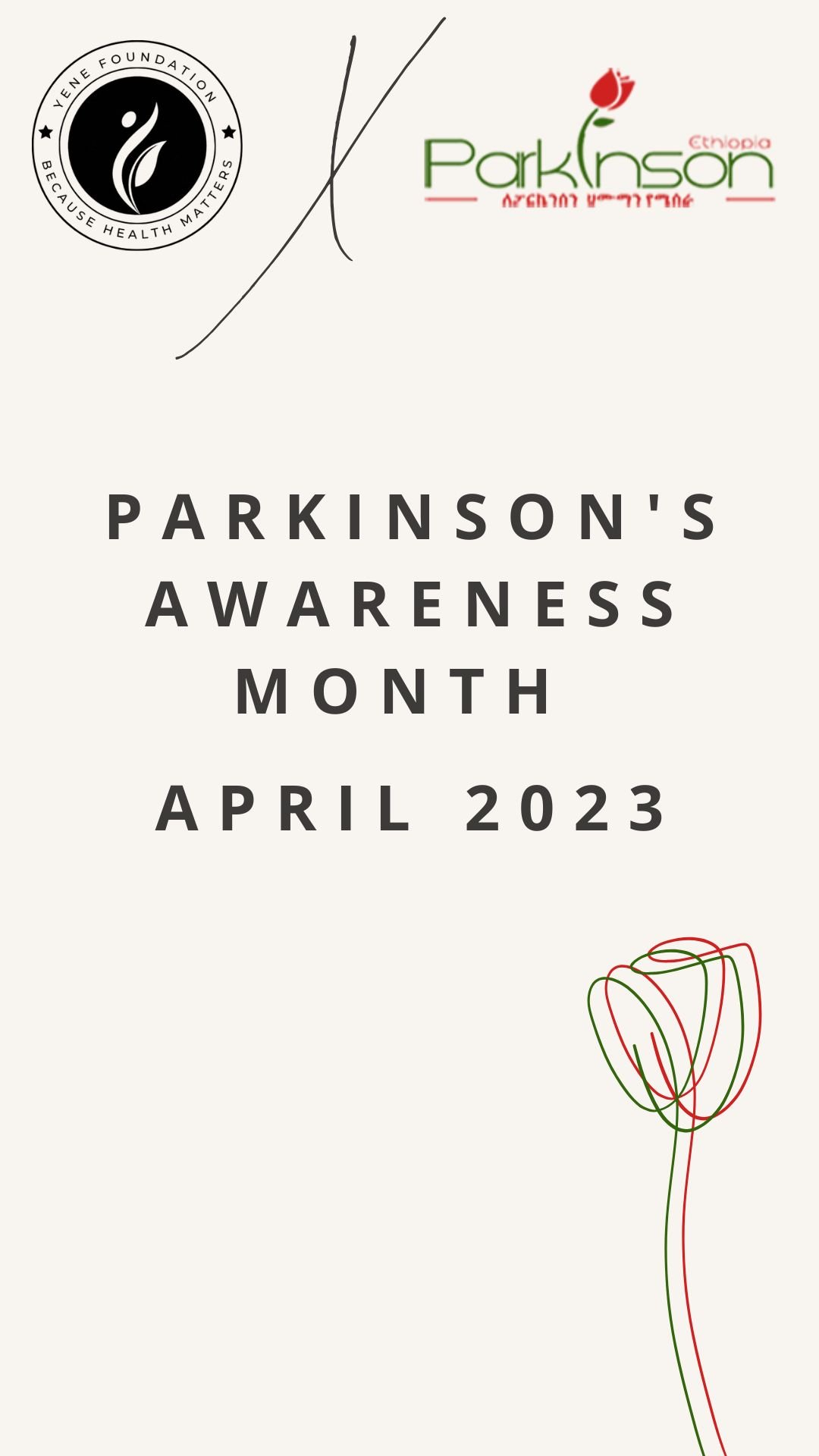



Parkinson’s Knowledge Test.
Let us know how you did on the quiz!

The red tulip is a symbol of passion, love, and resilience, which caregivers and loved ones bring to support those with Parkinson's disease. The flower's ability to withstand harsh weather conditions and still bloom represents the strength of people living with Parkinson's disease.

Parkinson's disease is a progressive neurological disorder that affects movement and coordination. It is caused by the gradual loss of dopamine-producing cells in a specific brain region called the substantia nigra. Dopamine is a neurotransmitter that helps control movement and emotional responses.

Parkinson's disease is a progressive neurological disorder that affects movement and coordination. It is caused by the gradual loss of dopamine-producing cells in a specific brain region called the substantia nigra. Dopamine is a neurotransmitter that helps control movement and emotional responses.

Common signs are tremors, muscle stiffness, bradykinesia, postural instability, changes in speech, changes in handwriting, and non-motor symptoms.

In addition to the common signs and symptoms of Parkinson's disease, there are several less common signs that can also occur. These can include: freezing of gait, loss of sense of smell, restless legs syndrome, sleep disorders, and impaired sense of spatial awareness

Parkinson's disease research is a diverse and rapidly advancing field, with many promising avenues of investigation that could lead to improved treatments and, ultimately, a cure for the disease.

World Parkinson's Day is an annual observance held on April 11th to raise awareness about Parkinson's disease and to support those living with the condition. The date was chosen to honor the birthday of James Parkinson, the British physician who first described the disease in his 1817 essay "An Essay on the Shaking Palsy."

One interesting and somewhat surprising fact about Parkinson's disease is that some people with the condition have reported experiencing improved artistic abilities after being diagnosed. This phenomenon has been referred to as "the Parkinson's advantage" or "the Parkinson's effect," and it has been noted that some Parkinson's patients who were not previously artists have developed an interest and talent in the art after their diagnosis.

Parkinson's disease is a chronic condition with no cure, but several treatment options are available to manage its symptoms and improve the quality of life for people with the disease.
Medications: There are several medications available that can help manage the symptoms of Parkinson's disease. These include drugs that replace dopamine in the brain, drugs that help to slow the breakdown of dopamine, and drugs that can help manage tremors or other specific symptoms.

Deep brain stimulation (DBS): This is a surgical procedure in which electrodes are implanted in the brain and connected to a small device implanted under the skin. The device sends electrical impulses to the brain to help control tremors and other symptoms.

Physical therapy can help improve mobility, balance, and coordination for people with Parkinson's disease. It may include exercises to improve strength and flexibility and strategies to manage specific symptoms. Boxing therapy, also known as "boxing for Parkinson's,"

Speech therapy: Parkinson's disease can affect speech and communication, and speech therapy can help improve voice and articulation and help with swallowing and other issues.
Speech therapy for Parkinson's disease is designed to improve voice and articulation, increase vocal loudness and projection, and improve overall communication ability.

The Parkinson's Patients Support Organization - Ethiopia (PPSO-E) is a non-governmental indigenous charity organization established in May 2011 by Kibra Kebede, a Parkinson’s patient who struggled to establish the organization due to the lack of information and the loss of social interaction and stigmatization that she faced. PPSO-E aims to support Parkinson's patients in Ethiopia and improve their quality of life.